Tympanoplasty
What is a Tympanoplasty?
Tympanoplasty is a surgical procedure performed to repair a perforated eardrum (tympanic membrane) or to reconstruct the middle ear structures that are damaged due to chronic ear infections, trauma, or other causes.
A tympanoplasty involves making an incision in the ear canal and lifting the skin close to the remaining ear drum. The eardrum is also dissected and elevated, and a graft is placed underneath the perforation to close it. The graft comes from the actual patient: It is usually harvested from a thin layer of tissue taken from the temporalis muscle (the muscle behind the ear) or tragal cartilage (the protrusion in front of your ear canal). The eardrum is then placed back in its original position, and small dissolvable sponges are then placed on top of the newly grafted eardrum to help keep everything in place.
Are You a Candidate for Tympanoplasty?
The FDA has different candidacy requirements for adults versus children.
Adults:
-Severe-to-profound, bilateral sensorineural hearing loss (greater than or equal to 70 dB HL).
-Deafness in adults who were previously hearing with normal speech before the onset of severe or profound hearing loss.
-Limited benefit from appropriately fitted hearing aid
Children:
-Profound, bilateral nerve hearing loss
-Use of appropriately fitted hearing aids for at least 6 months in children 2 through 17 years of age, or at least 3 months in children 12 through 23 months of age.
-Little or no benefit from appropriately fitted hearing aids.
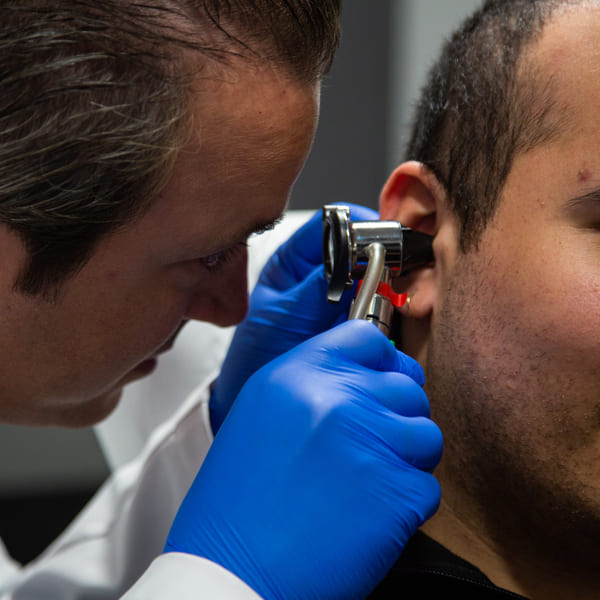
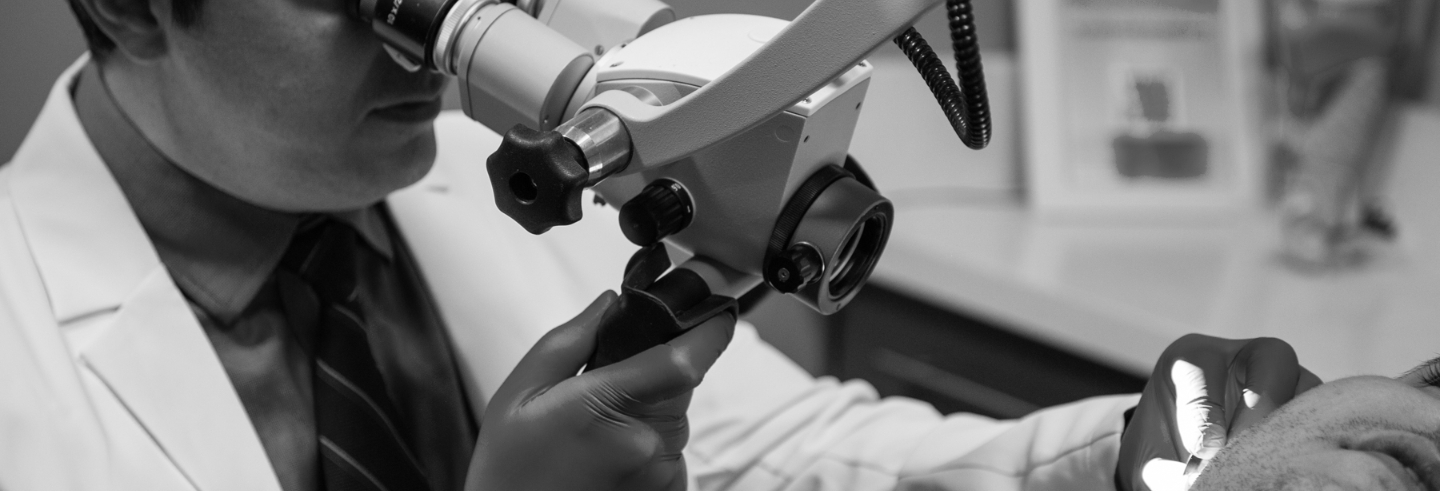
What will be my hearing after having Tympanoplasty?
The outcome of hearing after Tympanoplasty can vary depending on various factors, including the extent of damage to the ear structures, the success of the surgical procedure, and individual differences in healing and recovery. In many cases, tympanoplasty aims to improve hearing by repairing the perforated eardrum and restoring the integrity of the middle ear.
What happens during Tympanoplasty?
A very simple eardrum repair may be conducted in a doctor’s office with local anesthesia. But for most patients, especially children, tympanoplasty is performed in an operating room with general anesthesia. Patients can usually go home the same day.
The surgeon enters the ear
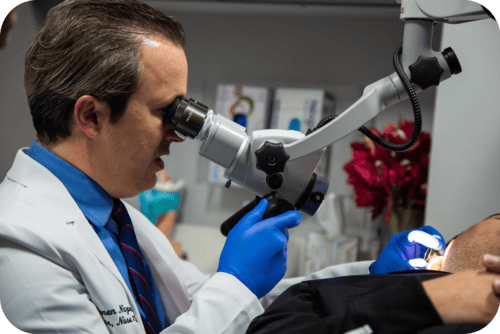
Once the patient is asleep under anesthesia the surgeon enters the ear through the ear canal or an incision behind or in front of the ear. The approach depends on the size and location of the hole in the eardrum and if the ossicles are displaced or damaged.
Locating the hole in the eardrum
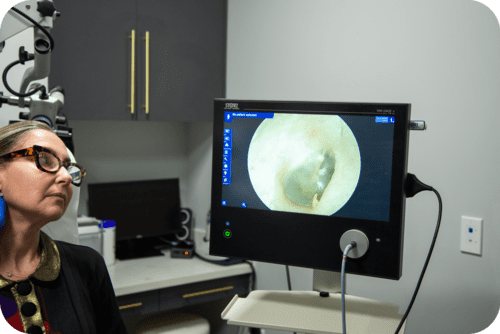
After locating the hole in the eardrum with a microscope or endoscope, the surgeon removes the edges of the hole and then closes it with a graft, which is a patch of tissue from the patient or a manufactured material. The graft supports the growth of new cells and over time closes the hole in the eardrum. The graft may cover just the hole or the entire eardrum.
The graft is secured to the ear canal
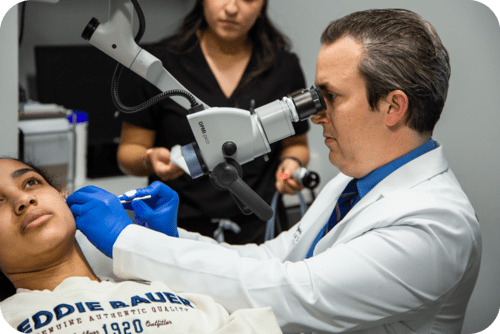
The graft is secured to the ear canal (and to other structures, depending on the type of tympanoplasty) with a spongy packing that dissolves over time as the eardrum tissue grows back together and heals. The healing process takes weeks or months.
What is the recovery process after the surgery?
The surgery is performed under general anesthesia in an outpatient surgery center. This means that you will be discharged home the same day. The pain is usually easily controlled with simple pain medication. Most patients can go back to light activity at home or in the office the following day.
The otologist usually has the patient come back after 2 weeks for ear packing removal. Patients usually experience the maximum improvement in hearing about 4 to 8 weeks after surgery.
In advanced disease, not all reconstruction can be performed safely and in a sterile fashion. Therefore, the reconstruction of the ossicles may be postponed until all inflammation and infection has resolved. If a staged procedure is needed, most otologists wait at least 6 months before performing the second surgery to reconstruct the ossicles. The second surgery is usually less invasive and shorter than the original surgery.
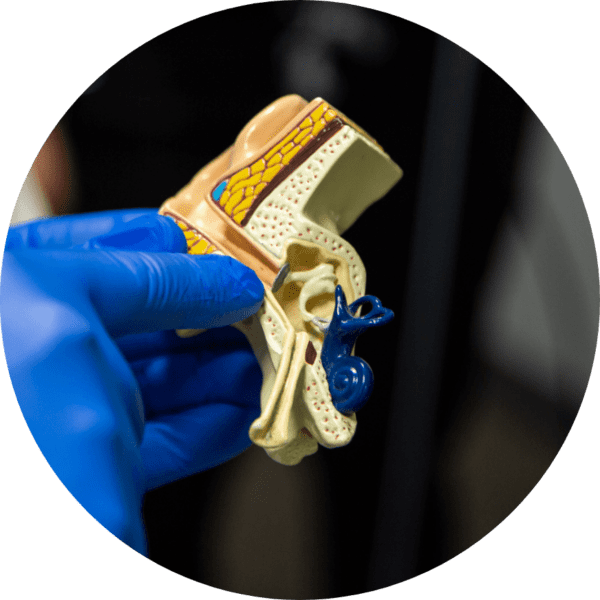
The recovery period is shorter than the first, and patients usually experience maximal improvement in hearing about 4-6 weeks after the procedure.
Still have questions regarding the condition?
While the information in this website may be helpful, it will never fully relate ear treatment to you. If you are facing any ear problem, please call our office and one of our representatives will talk to you.
CONTACT USTESTIMONIALS
What are patient say about us
Thanks to the expert care and skillful ear surgery I received, my life has been transformed. I can hear clearly again, and I’m forever grateful for the life-changing experience provided by the talented team
“Dr. Nazarian, who gave me back the wonderful gift of hearing!”
“Dr. Nazarian is the best! I was referred to Osborne Head & Neck Institute. They told me I needed to wait for a specialist. So I did. Dr. Nazarian got here and I saw him his first day. He has since fixed my ear problems. The entire staff has been great and would recommend to anyone.”